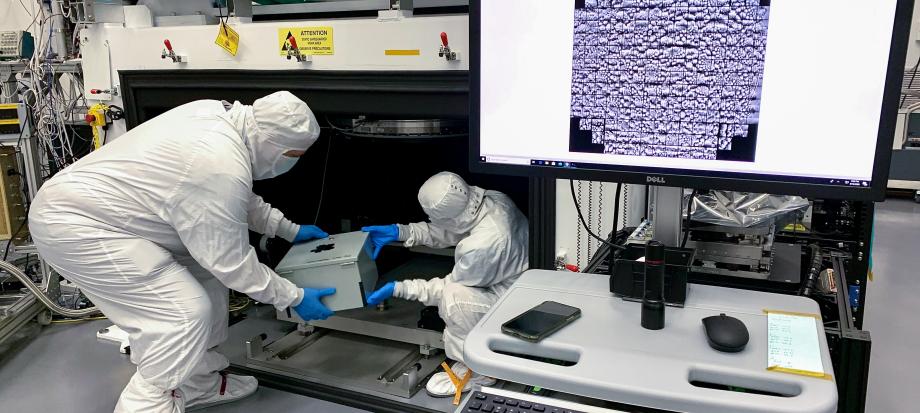 The completion of the Legacy Survey of Space and Time (LSST) Camera, after two decades of collaborative work involving scientists and engineers at the Department of Energy's SLAC National Accelerator Laboratory and international partners, signifies a significant milestone in the construction of the Vera C. Rubin Observatory in Chile. The LSST Camera, designed to conduct a 10-year survey of the Southern Hemisphere sky, represents the largest digital camera ever built for astronomy.
The completion of the Legacy Survey of Space and Time (LSST) Camera, after two decades of collaborative work involving scientists and engineers at the Department of Energy's SLAC National Accelerator Laboratory and international partners, signifies a significant milestone in the construction of the Vera C. Rubin Observatory in Chile. The LSST Camera, designed to conduct a 10-year survey of the Southern Hemisphere sky, represents the largest digital camera ever built for astronomy.
Constructed at SLAC, the LSST Camera is an engineering feat, weighing approximately 3 metric tons and boasting a resolution of 3,200 megapixels. Its components include three large lenses, with the front lens standing over five feet tall – a record for astronomy. These lenses gather light from a wide swath of the sky, enabling the camera to capture detailed images.
Central to the LSST Camera is its focal plane, comprising 189 custom-designed CCD sensors housed within a cryostat. Maintained at a temperature of minus 100 degrees Celsius, the focal plane ensures minimal noise during image capture, allowing for precise astronomical observations.
Once installed atop the Simonyi Survey Telescope in Chile, the LSST Camera will embark on its mission to map celestial objects' positions and brightness across the night sky. Over the survey's duration, it will generate a vast dataset that researchers will analyze to deepen our understanding of the universe.
Among the LSST project's primary objectives is the study of dark matter and dark energy, which constitute the majority of the universe's mass-energy content. By examining the distribution of galaxies and gravitational lensing effects, scientists aim to unravel the mysteries surrounding these fundamental cosmic phenomena.
Additionally, the LSST Camera will facilitate studies of our own galactic neighborhood, producing detailed maps of the Milky Way, tracking asteroids' motions, and monitoring changes in the night sky, including the birth and demise of stars.
The LSST Camera's completion underscores the significance of international collaboration and scientific innovation in advancing astronomical research. As it prepares for deployment to Chile, researchers anticipate a wealth of discoveries that will enhance our understanding of the cosmos, ushering in a new era of exploration and knowledge.
Image: Yousuke Utsumi and Aaron Roodman remove the pinhole projector from the cryostat assembly after projecting the first 3,200-megapixel images onto the focal plane of the LSST Camera. Credit: Jacqueline Orrell/SLAC National Accelerator Laboratory



